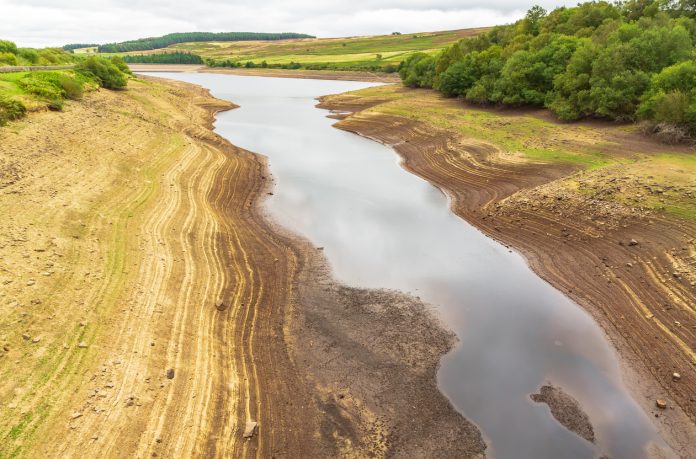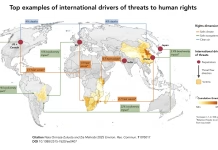Large parts of Europe face intensifying drought conditions, raising concerns over the impact on agriculture, ecosystems, and key transport routes
A new report from the European Commission’s Joint Research Centre (JRC) shows how unusually warm weather and low rainfall since the start of 2025 have led to increasingly dry conditions across many continents.
Environmental stress is growing across Europe.
According to the Drought in Europe, April 2025 report, many regions are experiencing reduced river flow, depleted soil moisture, and growing hydrological stress.
This situation is evident in central, eastern, and south-eastern Europe, as well as the eastern Mediterranean, where warning-level drought conditions are expanding.
Northern and Western Europe are also beginning to show signs of similar stress.
The forecasting for the coming months suggests the issue is going to persist. Weather models indicate drier than usual conditions continuing through June for northern and western Europe, including the UK, Ireland, and Benelux countries.
These trends could create serious risks to crop yields, water-dependent ecosystems, and industries that rely on river transport.
Wetter winter months
Parts of southern Europe have seen wetter conditions in recent months. Portugal, Spain, and parts of France received above-average rainfall during the winter, and northern Italy experienced a rainy start to spring.
However, in some areas, this has led to localised flooding, infrastructure damage, and in some cases, fatalities. Emergency response teams have used satellite mapping services to manage these events.
From January to March, temperatures across much of Europe were well above average, with some areas, such as the Alps, northern Scandinavia, and eastern Europe, recording temperatures more than 3°C higher than usual. This prolonged warmth and scarce precipitation have left soils parched, especially in the eastern Mediterranean and northern Africa.
Consequences caused by the drought in Europe
One of the significant issues caused by this drought is the impact on major European rivers.
By early April, significant drops in water levels had been observed in the Rhine River, particularly in the upper basin.
River discharge levels have fallen so low that navigation along the Middle Rhine is already being disrupted, affecting transport and trade routes.
Northern Germany, Denmark, the Benelux countries, southern Scandinavia, and much of the UK and Ireland experienced very dry conditions in March. The situation is similar in parts of Türkiye and southern Ukraine. These regions had already faced limited rainfall in previous months, raising concerns about water shortages as the growing season progresses.
While vegetation in many areas appeared relatively healthy at the end of March, early signs of stress are beginning to show, particularly in western Syria, south-eastern Türkiye, and northern Africa. Experts warn that early plant development might be hiding deeper vulnerabilities that could surface if the dry conditions continue.
Rivers in Eastern Europe are expected to remain unusually low through May, which could worsen the strain on farming, hydroelectric power and freshwater ecosystems. Although some areas, like the Iberian Peninsula and parts of Italy, are expected to see more rain, the overall outlook points to continued risk in many parts of Europe.
As climate variability increases and extreme weather becomes more frequent, monitoring systems like those used in the JRC report will be crucial for tracking and responding to environmental changes across the continent.











